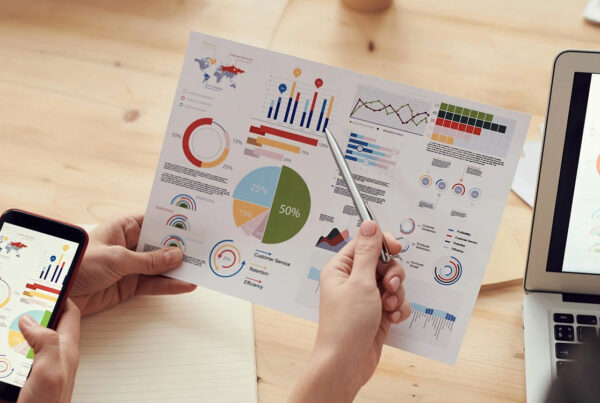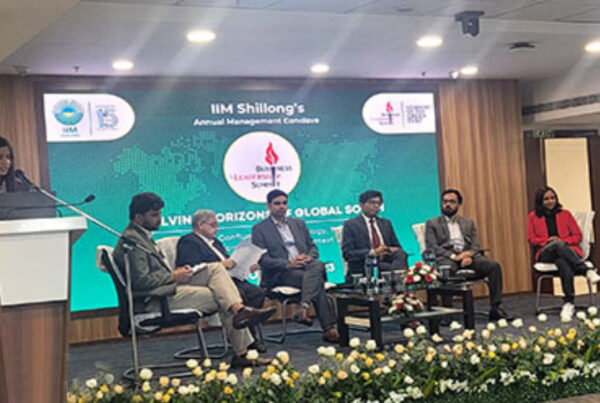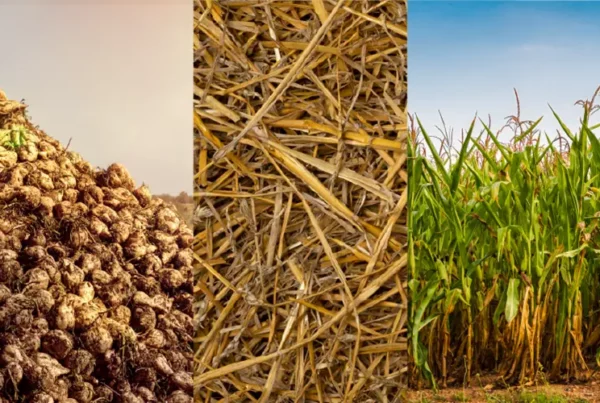Uncertainty in demand is one of the biggest challenges for businesses today. Therefore, to be prepared for unforeseen fluctuations, especially in a dynamic scenario, business stakeholders must be ready with answers to questions around the ‘WHAT’, ‘IF’, ‘HOW’, and ‘WHERE’ of demand in the market.
This is where forecasting demand steps in.
What does it entail?
Demand forecasting covers analysis of past as well as current patterns in data and trends in the market in order to estimate and project demand for the coming years. It is a complex and sophisticated process involving the use of data modelling tools for near-accurate results.
Why is it important?
Companies need to assess demand to plan their budget, allocation of resources and expenses; determine the process or timeline for production; determine pricing; arrive at the right strategy for growth and expansion; and most important, be prepared for any downturns triggered by unexpected events such as the current pandemic or any geopolitical conflicts.
Whatever the stage of the business, whether it is established, a startup or scaling up operations, understanding future demand trends will help in efficient allocation of resources.
What are the steps under demand forecasting?
Identifying the objective
This begins with setting the goal, which entails selecting the group or category of customers or market we want to target, identifying the type of product or service, and determining the timeline (short-term or long-term) and scale (micro or macro level).
Collecting data
This includes collection, collation and integration of data gathered through traditional techniques such as market surveys, polls, published industry and company data, and social media. Data gathering must be incisive and in real-time to generate meaningful insights. The data has to be accurate, reliable and broad-based.
Need to factor in historical data as well as information based on other demand-affecting factors such as seasonality, level of competition in the market, product dynamics (nature of the good or service, lifecycle, existing stage), region or geography of the target audience, as well as key demographic, sociological, legal, and geopolitical aspects.
The objective is to ensure relevance in an ever-changing market. The greater the awareness of market trends, the business will be better prepared to cater to the changing demand scenarios.
Analyzing to draw actionable insights
To generate insights from the raw data in real time, need to use tools such as data modelling and analytics. These help in capturing patterns, and identifying complexities in huge data sets as well as signs of variations or volatility in demand.
Predicting fluctuation is difficult with traditional tools and techniques because too many factors are affecting demand patterns today. From changing weather conditions to social media, anything can trigger a change in preference.
The insights drawn with the help of data analytics and BI tools can be used to align demand with supply and ensure optimal usage of resources.
Tracking repeatability of demand
Demand forecasting must be an ongoing process, not a one-time venture. Repeatability will help businesses to track developments on the demand front, compare patterns to arrive at the estimate and be prepared to adapt to potential changes.
Conclusion
The recent upheavals, such as the pandemic or geopolitical tensions, have exposed the vulnerability of markets, prompting organizations to pivot their strategy.
This has rendered predictability the key to acing the game with competitors. An organization that can foresee demand, understand sales patterns, has visibility on potential challenges, and can reasonably predict and ensure continuity even among disruption has strong chances of being successful.
While no forecasting can guarantee a hundred percent accuracy, through robust demand forecasting, business stakeholders can make informed decisions, whether in expanding or in contingency planning.
At the end of the day, a business that predicts well, will have a clearer view of how the market could unfold and plan its operations accordingly.
If you are looking for insights on demand forecasting, please visit our Business Research page, or Connect with us.
Author –
Bhasker Canagaradjou, Vice President, Avalon Global Research
With over 20 years of experience across corporate strategy and business consulting services, Bhasker advises several Fortune 500 companies and marquee startups across multiple industries, including banking and financial services, consumer goods, logistics, industrial goods, automotive and healthcare in North America, Europe, Middle East and Asia Pacific.
Contact us at https://www.agrknowledge.com/contact-us




